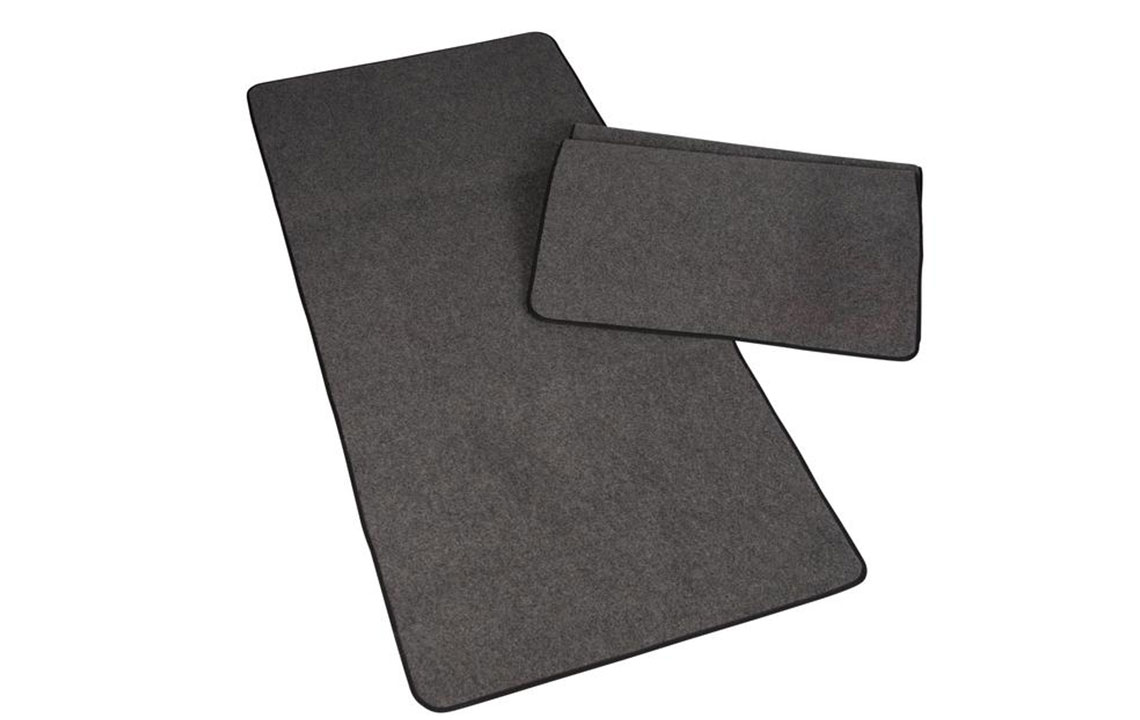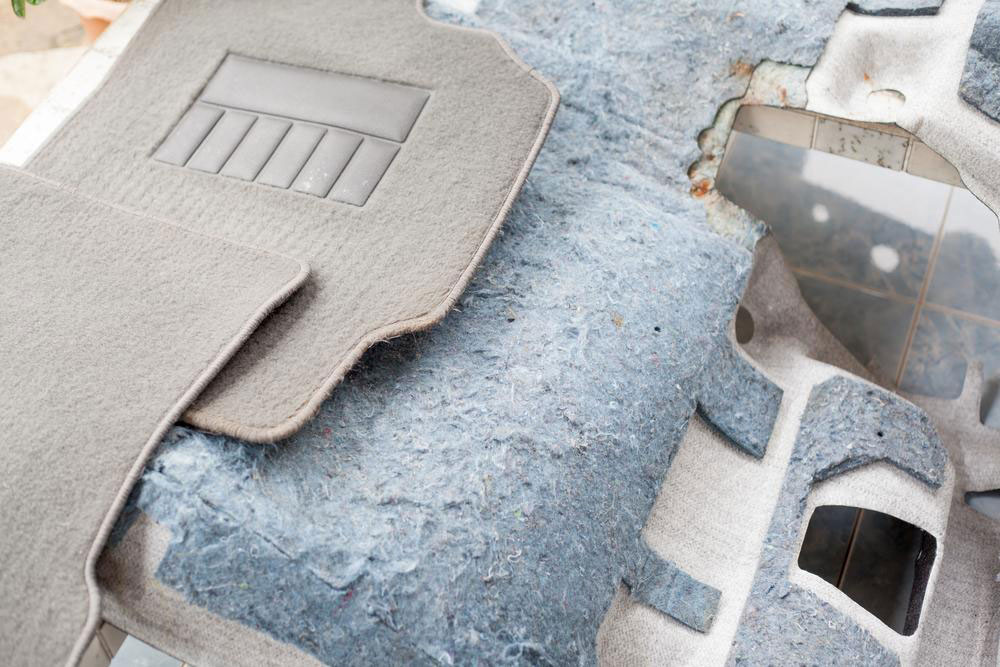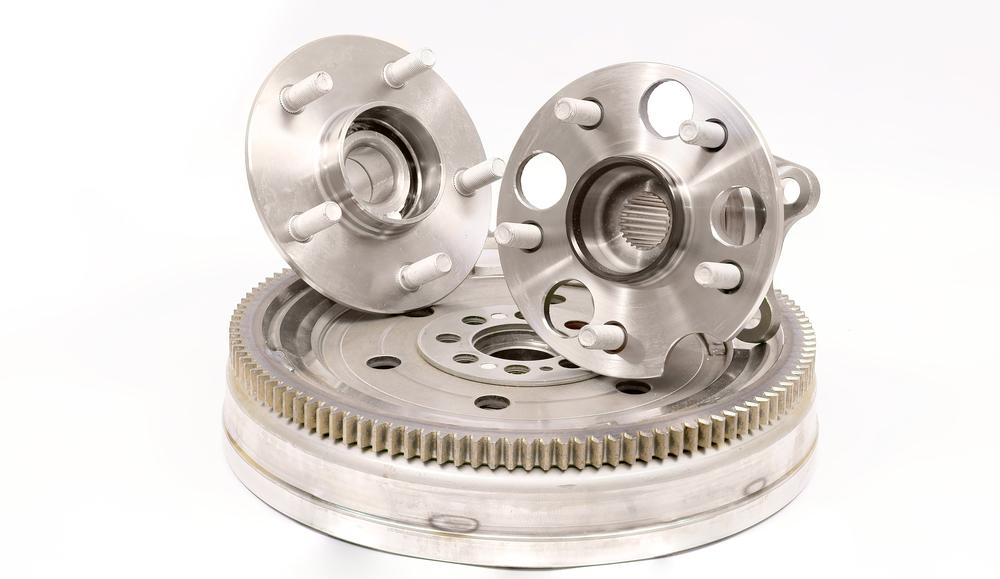Understanding the Differences Between Car Floor Mats and Floor Liners
Learn the key differences between car floor mats and floor liners to make an informed choice for vehicle protection. Understand their materials, fit options, and benefits tailored to different needs and conditions, ensuring optimal interior care whether for daily use or leasing purposes.

Understanding the Differences Between Car Floor Mats and Floor Liners
Have you ever examined the underside of your vehicle’s floor covering? Factory-installed mats are often made from thin materials attached to a polymer backing that resists water but offers limited durability. These mats can quickly wear out or tear, especially with frequent use or high heels. During winter, slush and dirt can penetrate and stain them, making cleaning difficult without risking damage.
Floor liners and mats serve different purposes. Liners typically cover the entire floor area, acting as protective layers made of durable polymer, while mats are smaller, sectioned pieces often made of rubber or synthetic materials. Liners feature grooves and ridges that trap dirt and improve grip, with some designs including elevations for comfort and leg space. Custom-fit liners are available for specific vehicle models, ensuring they fit perfectly, whereas universal mats are more generic and may need trimming.
For preference, textured polymer mats are easy to clean and provide good grip. Clear mats that reveal the factory carpet are also popular. Your choice depends on factors like climate, passenger count, and vehicle usage. Liners are preferable in snowy or muddy conditions, while mats are a cost-effective solution, especially for leased vehicles, protecting the interior without extra charges. Choose wisely to maximize interior preservation.










